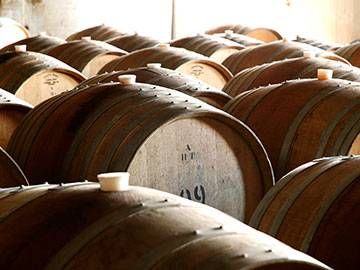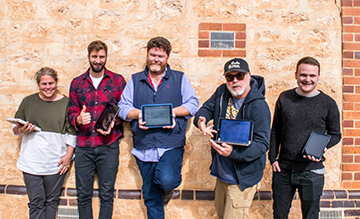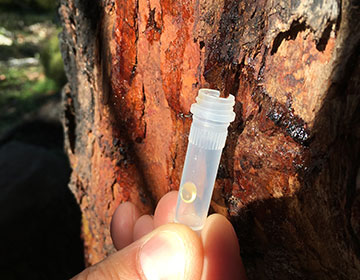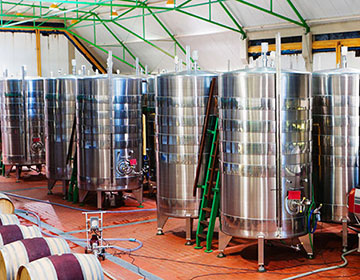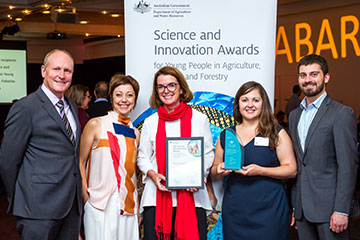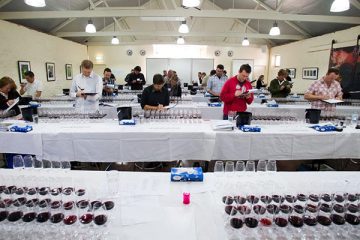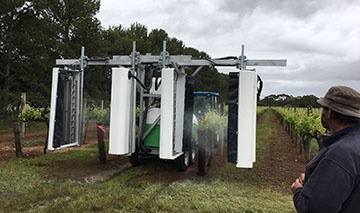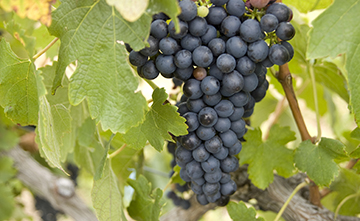22 June 2017
The 2017/18 edition of Agrochemicals registered for use in Australian viticulture (the ‘Dog book‘) is now available. The updated ‘Dog book’ can be viewed via the online pdf or mobile app. A hard copy will be distributed to levy payers by mail and will also be included with the next issue of Australian & New Zealand Grapegrower & Winemaker.
This agrochemical update summarises the major changes compared with the previous version.
Raising awareness of re-entry periods and grazing restrictions
The following statements have been added to page 3 in the 2017/18 edition to raise awareness of re-entry periods and grazing restrictions after agrochemical use.
- The chemical label provides important information that must be followed including the personal protective equipment to be used when mixing chemicals or entering a vineyard after chemical use. See pages 15 – 22 for more information about re-entry periods.
- Grazing restrictions may apply to vineyards where agrochemicals have been used. Consult product labels for details.
New active constituents
DIFENOCONAZOLE
APVMA 65130
‘Digger’ is registered for control of powdery mildew in grapevines and is an activity group 3 (Demethylation inhibitors) fungicide.
‘Digger’ is a Nufarm Australia Limited product. The label states: Apply as part of a protectant program. Apply a maximum of 2 applications per season either as consecutive sprays or in alternation with other fungicides. DO NOT apply after growth stage EL 25 (80% cap fall). Do not allow spray intervals to exceed 21 days. Shorter intervals between days may be warranted if ‘Digger’ is being applied during periods of rapid vine growth. If applying consecutive applications of ‘Digger’, a minimum spray interval of 7 days is required.
Recommended restriction on use (withholding period) for grapes destined for export wine: Use no later than 80% capfall.
Re-entry statement for ‘Digger’: Do not enter treated areas until the spray has dried unless wearing cotton overalls buttoned to the neck and wrist and butyl rubber gloves. Clothing must be laundered after each day’s use.
Correction
The active constituent Metarhizium anisopliae var. acridum was unintentionally omitted from the 2017/18 edition of the ‘Dog book’ for control of Wingless Grasshopper (page 12). Products containing this active constituent include Green Guard SC and Green Guard SC Premium. The recommended restriction on use is ‘Use no later than 7 days before harvest’.
Active constituent removed
The following active constituent has been removed from the ‘Dog book’ because the product is no longer available.
QUIZALOFOP-P-TEFURYL
Activity group A herbicide registered for Kikuyu.
Chemical resistance management strategies
CropLife Australia has updated the resistance management strategies for downy mildew, powdery mildew and botrytis bunch rot. The latest strategies are provided for these diseases on pages 25 to 27.
Exotic vineyard pests
Grapegrowers have a role to play in minimising biosecurity threats. Key tips to reduce the risk of an exotic pest from going undetected on your farm are provided on page 28.
For more information or to request a copy of the new ‘Dog book’, please contact Marcel Essling on 08 8313 6600 or email helpdesk@awri.com.au.
This information is provided to inform the Australian grape and wine sector and should not be interpreted as an endorsement of any product.


